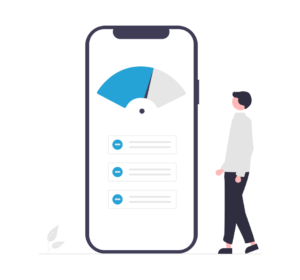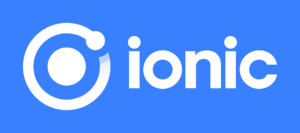
Is Flutter dominating the game?
18th August, 2021
Flutter needs no particular introduction as it is already pegged as one of the best cross platform toolkit that’s popular with the developers. The platform became so hugely popular that by January 2021, it had more than 109,600 stars on GitHub. The main advantage being its capability to have a single codebase for all mobile, web, desktop and embedded devices applications like iOS, Android, Google Fuchsia Mac, Linux and Windows.
Does it seem like too much hype for a coding language that was released fairly recently? Probably not, especially since Flutter was developed by Google in 2015, and launched officially in 2017.
What makes Flutter so popular?
The single codebase factor
With its write-once approach, Flutter soars high above all other cross-platform approaches. So now developers no longer have to write multiple codes for multiple platforms. They can code at the same time for both iOS and Android applications, develop the apps quickly, design, test and release quickly.
- Efficiency in code writing and app testing
The entire code development process in Flutter is highly efficient and quite simple. With its single codebase approach, developers can work on it with different plugins and finish their work. The testing process is also simple, with the QA needing to run a very simple process to test the usability, functionality and efficiency of the application.
- Hot reload
Hot reload is a much loved feature of the developers because when they make changes to a running application, they don’t have to restart the system to see the changes. Every change is visible immediately, so developers don’t have to waste time cooling their heels, validate bug fixes and experiment with new ideas.
This is done in a simple manner. Through Hot Reload, the developer injects the updated source code files into the running Dart VM (Virtual Machine), and once this is updated with the new versions, the Flutter framework rebuilds the widget tree automatically, preserving the app state. This action allows for easy collaboration among developers and designers.
- Speed is the name of the game
Flutter surely hit the nail on the head with its speed advantage. The Hot Reload feature of the coding language really lets the developers experiment and see what’s best, build UIs, fix bugs and add features. This makes the developers and designers finish their tasks much faster and efficiently and you can see the product get into the market sooner than ever. With the real time change happening, they can experiment a lot.
- Efficient code writing
As there is only one codebase, the entire process is very simple, efficient and quick. It shortens the development time, making it easy for the QA team to verify the programs, features and functionalities of the app.
- Perfect for creating an MVP
When you need to create an MVP for your investors, using Flutter to develop it would be the ideal choice. It saves money and time, and you will have a good, workable product on the table for approval/funding.
- Wide range of widgets
Widgets are an important aspect of an application interface. It is easy to have customizable widgets with Flutter, and they come with a number of features like scrolling, navigation, fonts etc.
Flutter V/s other leaders in the market
Flutter V/s React Native
There are several other multipurpose coding languages in the market, each with its own potential for the best performance.
Let’s examine Flutter with React Native first:
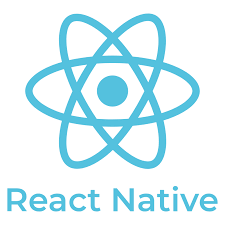
As a developer experienced in Dart programming language, a shift to Flutter would be easy because people new to Dart would find it difficult to learn the language. Since React Native uses JavaScript, it would be easier for developers using JS. Here an earlier blog that compares React Native with Flutter
Comparing the performance of the two, Flutter scores better because it’s compiled to RM or x86 libraries, and that makes it really fast. React Native is comparatively less performant because it is not compiled to native code.
Flutter V/s Xamarin
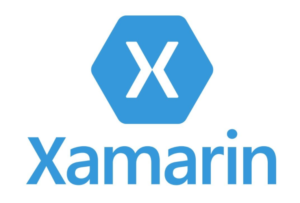
Both Flutter and Xamarin are good choices for building cross-platform app, because both are highly performant. While Flutter has an excellent, strong community, Xamarin still has to improve upon its community support feature. And one more thing worth mentioning is that while Flutter allows you to write shared code for both iOS and Android platforms, developers still have to write plenty of platform-specific code for the application to work well.
Flutter V/s Kotlin
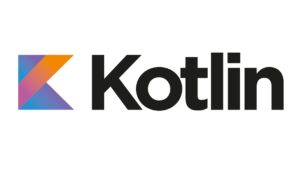
On the other hand, Kotlin is the choice to make when you are working with pre-existing Java code. Both help in creating apps in the shortest time possible. A difference is that Flutter has comprehensive documentation, making it easy for the developers, while Kotlin has only limited resources to learn. As for comparing the performance of the two, Flutter is awesome because of its Hot Reload feature and its huge support group, and Kotlin is perfect because of its customizability of code.
Flutter V/s Ionic
Both are extremely popular and highly performant. However, Ionic is not a good choice for large scale apps because it doesn’t work well for location based services, AI and similar high-level libraries. Flutter integrates itself well with other plugins, so if you are looking for a heavy app with seamless backend access, then Flutter would be the right choice. Go for Ionic if you need to build a lightweight app with plenty of moving pictures.
Popular apps made with Flutter
- Alibaba
- eBay
- BMW
- Google Ads
- DMW
- Tencent
We haven’t mentioned all the players in the market, just a few that would give you a grip of how each solution can fit your needs in the market. The wise decision would be to choose the best approach that fits the solution. However, it is React Native that poses the toughest competition to Flutter, and there are some disadvantages with Native that the latter can overcome.
When would be the best time to use Flutter?
Go for this apparent ‘workhorse’ when you want to release multiple versions of your app and release them at the same time. So when you are developing an iOS app, you can make the Android, desktop, and web versions of the app at the same time using a single codebase and save loads of time.
More and more developers are shifting to Flutter, and the monthly improvements are made in the Flutter SDK, while Google continues to refine and polish its tool. Many leading companies have shifted to Flutter, and are already happy with the performance.
Conclusion
Businesses definitely benefit from adopting Flutter for their cross-platform app development needs. With the Android dominance in the market, and the need for iOS apps as well, it would be easier for them to cover two markets with a single application. They definitely save a lot of time, effort and money with adoption of cross-platform app development technologies.
Adopting options like Flutter would help you target a large number of potential users and reach them successfully. However, if your plan is to build separate apps for Android and iOS, then by all means, choose native applications. And it does come down to budget needs as well. Choosing Flutter would most definitely keep it well within the budget.
With tightened purse strings, and the frenzy to reach maximum number of people in the shortest time possible, it is only wise that businesses choose cross-platform technologies like Flutter to fulfil their app development needs.
Since Flutter was created by Google using Dart, it is obvious that Google will spend a lot of time and resources to perfect it. Both Flutter and Dart will continue to evolve, increasing the development speed, smoothing out the wrinkles and riding high on the wave of popularity. There is a huge community supporting Flutter and in a StackOverflow survey, Flutter took the third place among most ‘Loved’ and 4th place among ‘Wanted’ in the list of ‘Most Loved, Dreaded and Wanted Other Frameworks, Libraries and Tools’.
Talk to Our Team for Expert Opinion.
Scalan Labs is a full-service product engineering company that provides dedicated teams for full stack development. We have the top1% talent for product engineering and dedicated teams to help you reach your business goals. Contact us today to learn more about how we can help you!



 The single codebase factor
The single codebase factor